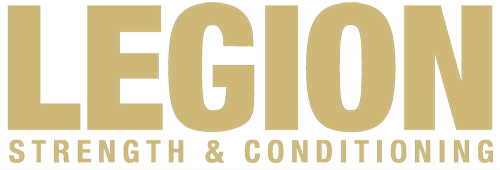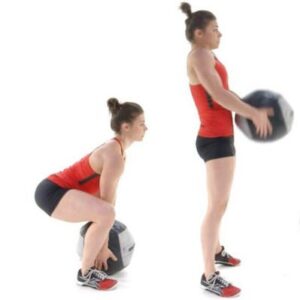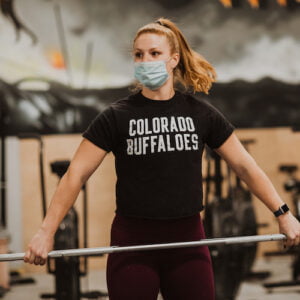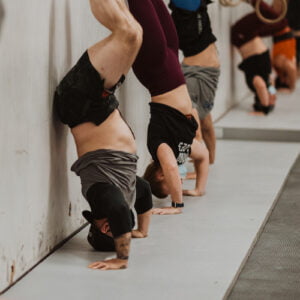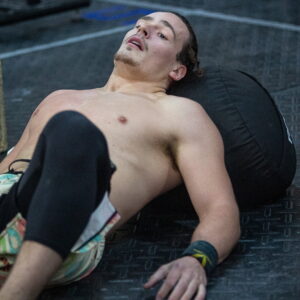We find that a lot of athletes are doing most of their training in either CrossFit classes or with a small group of “more competitive” friends – and that they’re often trying to figure out how to tack on additional training sessions to what they’re already doing.
It may seem a bit crass to be talking about “gains” in the middle of a global health crisis, but – with a lot of people moving from training in gyms with barbells, pull-up bars and assault bikes to training in their living rooms with a dumbbell and maybe a backpack full of heavy stuff from their kitchen, people are wondering if they’re going to lose all the progress they’ve made in the gym.
While some things will definitely take a hit, the good news is that you’re not *that* fragile and adaptations in strength and aerobic capacity are relatively persistent.
The ability to really suffer on a high power output CrossFit workout, however, comes and goes much more quickly.
Check out the full conversation with Jon, Luke and Todd to learn:
- What traits will stick around – even if you take some significant time off from serious training with full equipment – and which ones won’t
- Why regaining fitness is easier than gaining it the first time
- What you can prioritize while training at home with less than ideal equipment selectionListen below – or on the podcast player of your choice.
Listen Here
- iTunes
- Overcast
- Google Podcasts
- mp3
- Or stream here:
- If you’re enjoying the show, why not a leave a review? It makes a difference in terms of other people finding the show.
Show Notes:
- [00:15] What is the current status of the coronavirus situation in Barcelona (where Luke is), Chicago (where Todd is) and Denver (where Jon is)?
- [03:02] It may be crass, but a lot of athletes are wondering if they’re going to lose all of their gains.
- [08:24] What types of adaptations are people potentially going to lose and which are more resilient even if you take significant amounts of time off? Why does it feel so bad when you come back to doing hard CrossFit workouts after some time off?
- [19:25] What is the difference between athletes who handle adversity and things not going to plan well and those who do not?
- [28:50] What should training focus on given that people may not be able to do as much “CrossFit”? What can athletes work on given that they may not have access to a lot of equipment – and what can be improved even in non-ideal circumstances?
